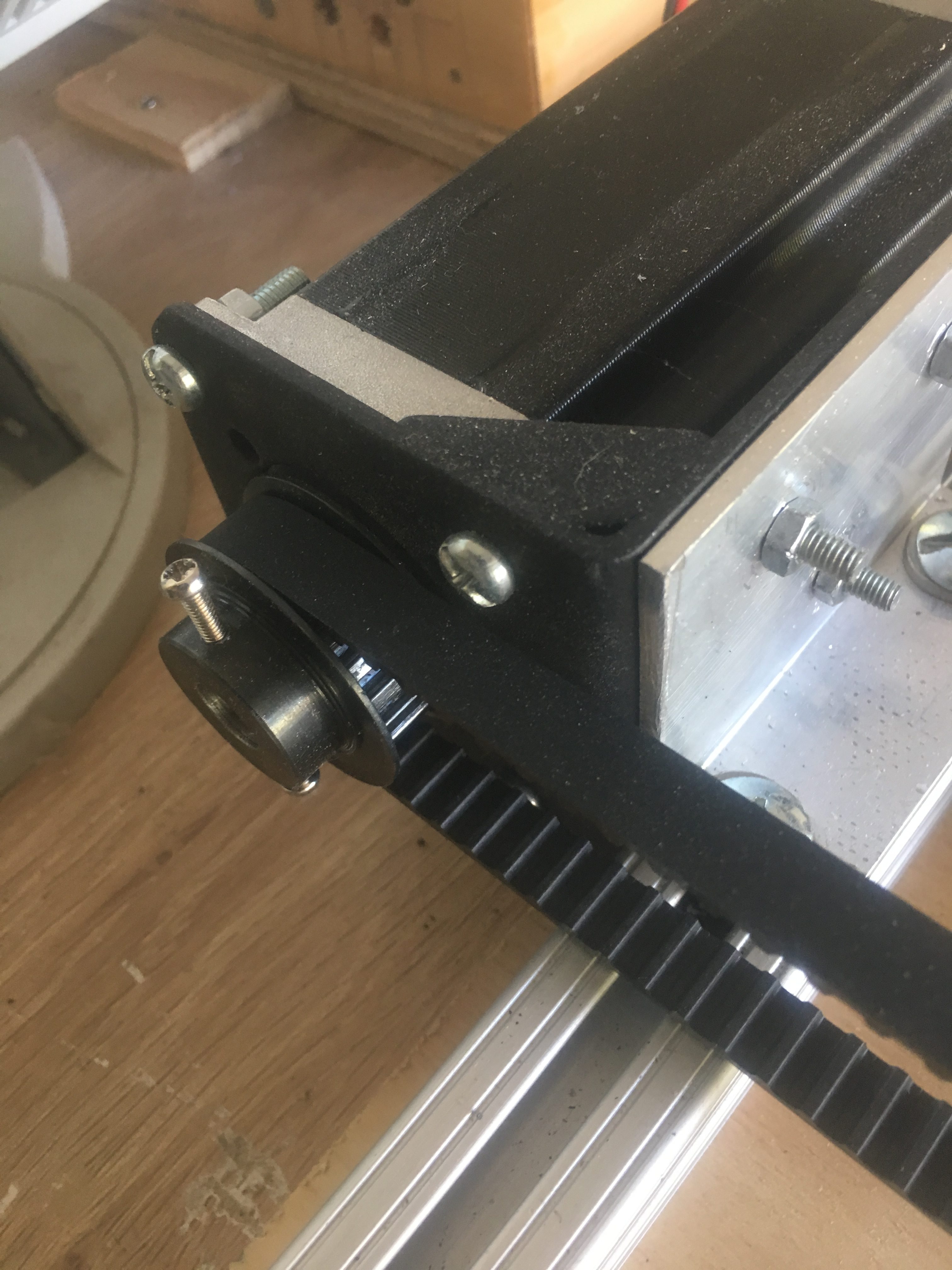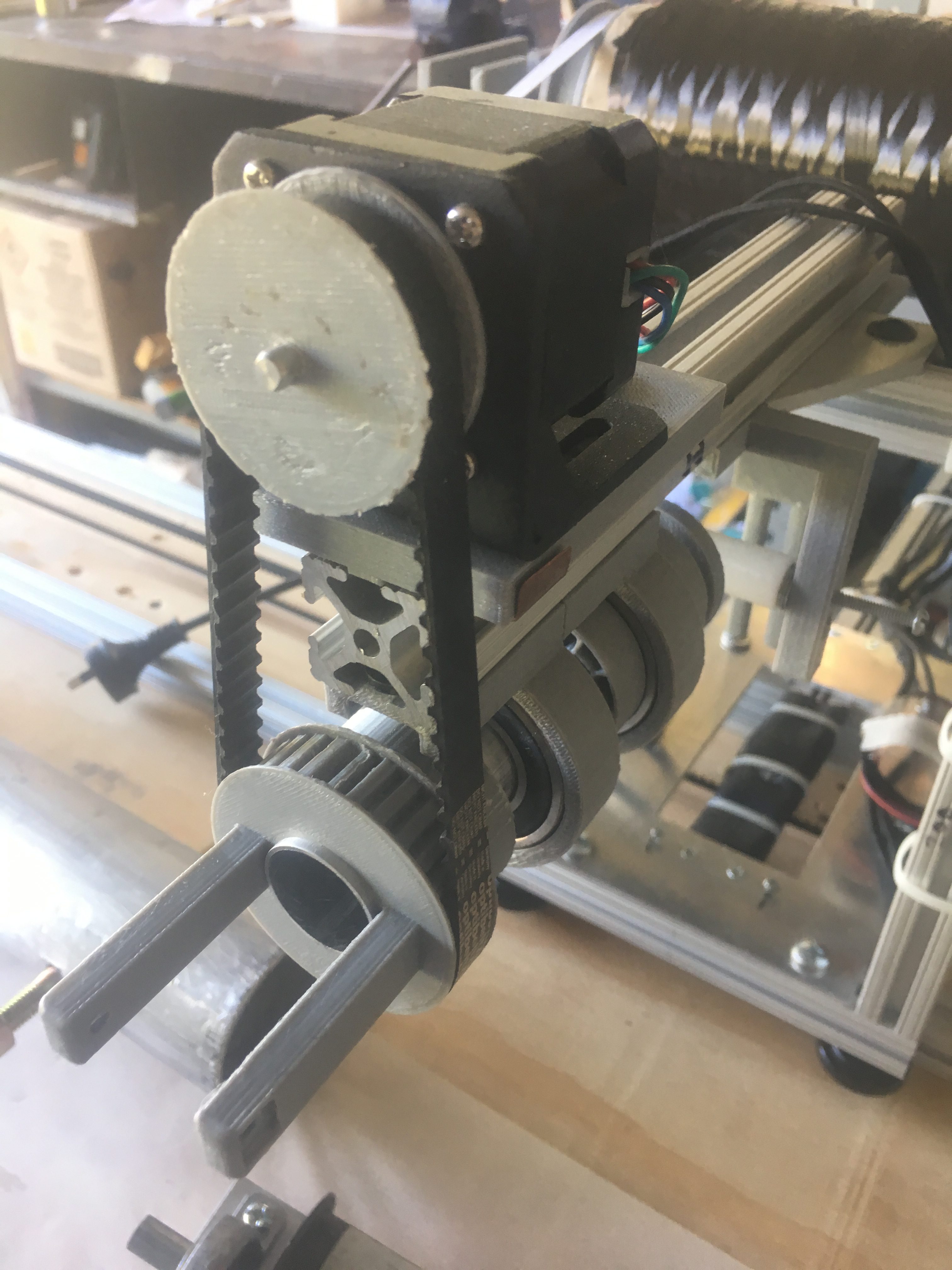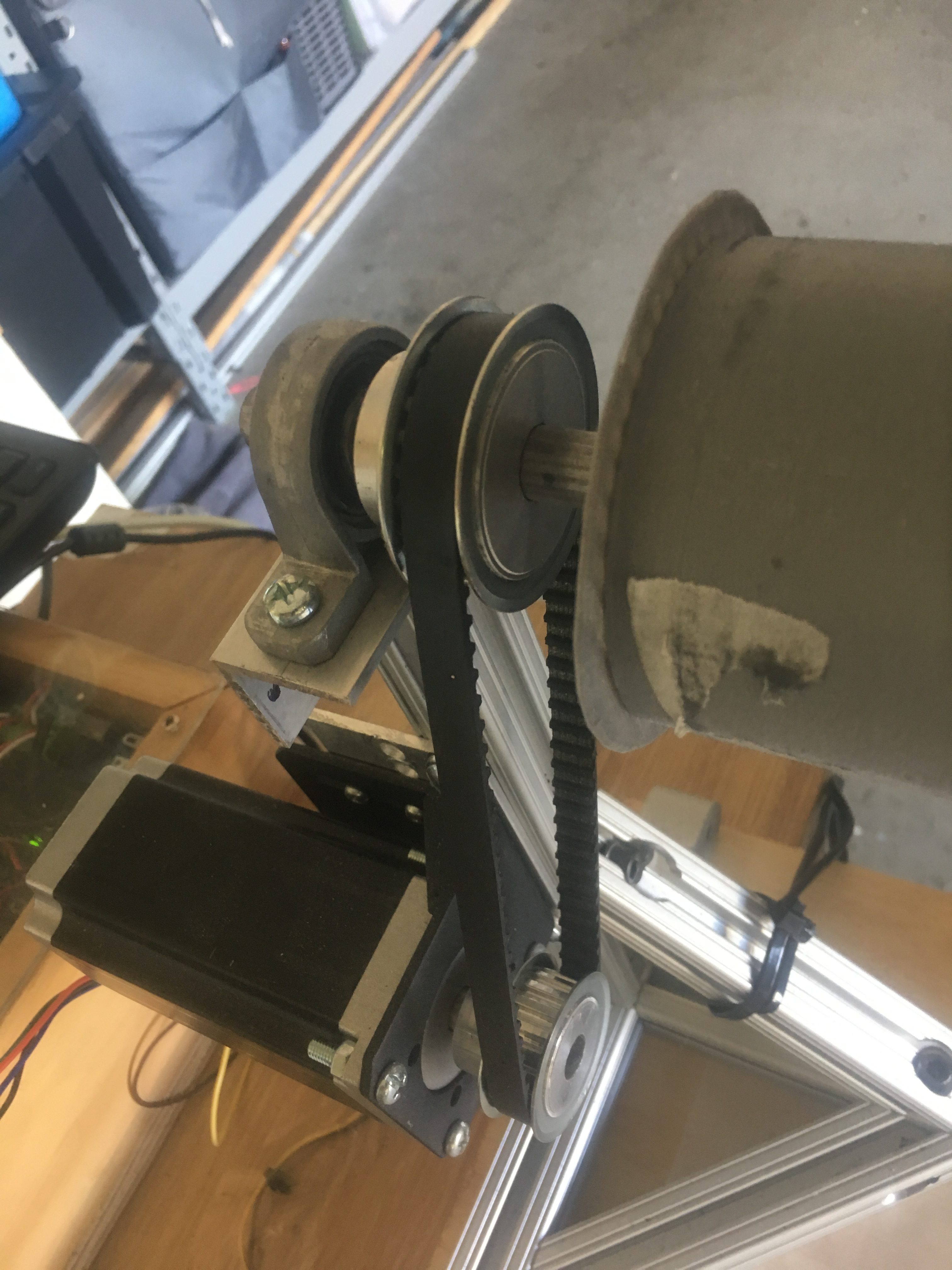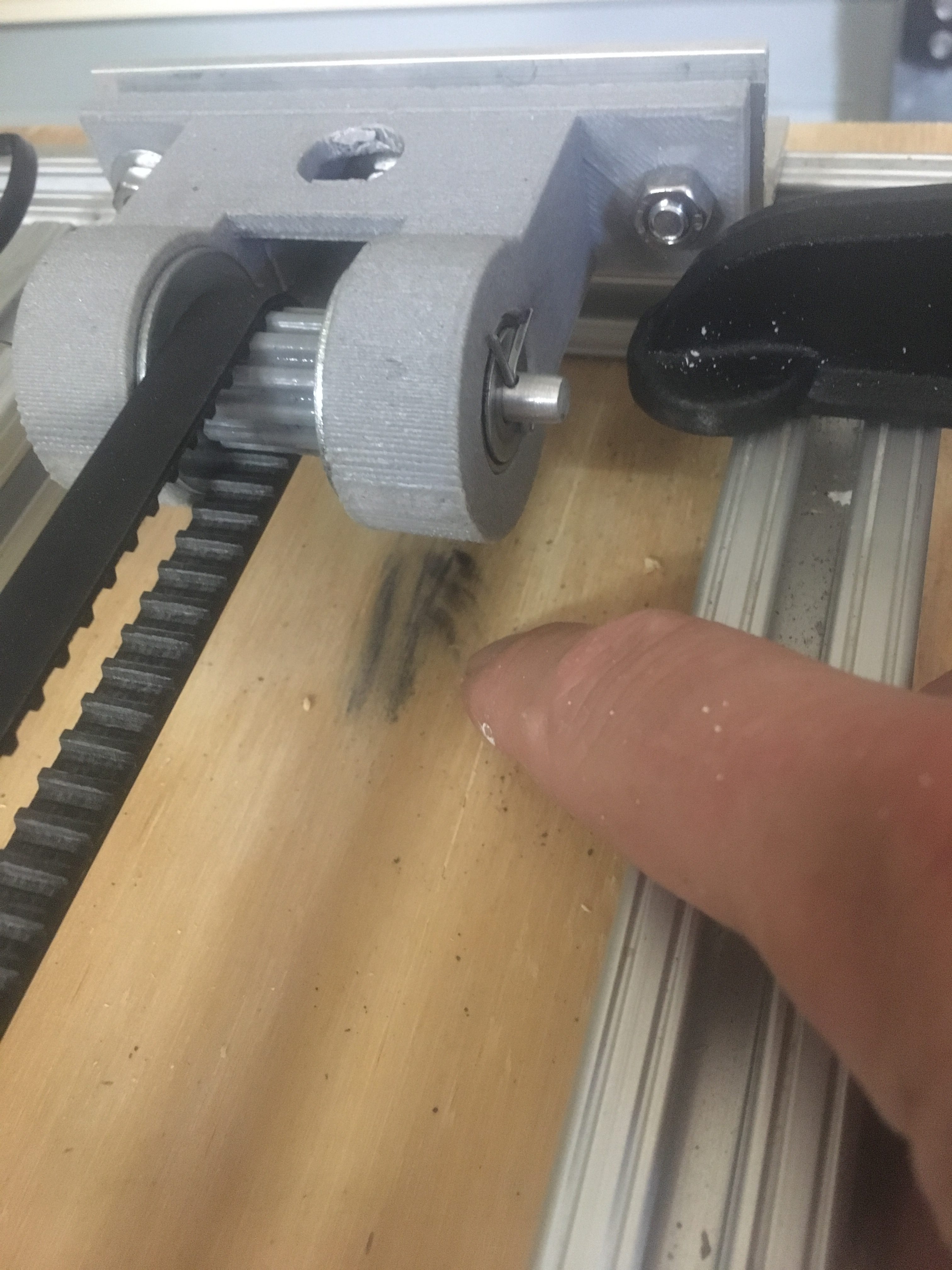We finally managed to get time to wind a tube. Total length of tube is about 1800mm. Usable length is about 1600mm.
This was the “FIFTH” wind and the most successful to date.
Specs
Layers are
- 45/-45
- 30/-30
- 30/-30
- 45/-45
I choose this layup structure because analysis suggests it should be able to easily handle L3 rocket design I have in mind.
We used Renlam K3600 Epoxy and we used 50mm heat shrink tape to finish off the wind (squeeze out excess epoxy).
The Wind
The wind took two hours of winding and involved mixing 6 bowls of Epoxy (110ml epoxy in each bowl). about 600 meters of Carbon Fiber was rolled, almost perfectly.
Video of the job
Here is a video of the job. I put some music in the background!
Enjoy!
Removal of the Tube
It hasn’t all been smooth sailing. I’ve only been able to pull it off the mandrel but about 25 cm. This involved using the car, chain, dry-ice and a very stable tree.
Later I put a 12mm bolt through the Carbon Fiber and attached to car via 800kg rated chain. On the other end of the tube (on the Aluminum Mandrel) I attached another bolt and chain around the tree. The Carbon Fiber Tube broke probably about 500kg load (complete guess). The load could not be distributed across the carbon Fiber tube easily and it ripped it with ease.
I had a feeling this would happen, but I felt I had to give it a go.
This bit has been very disappointing; but it has been an incredibly excellent learning exercise.






